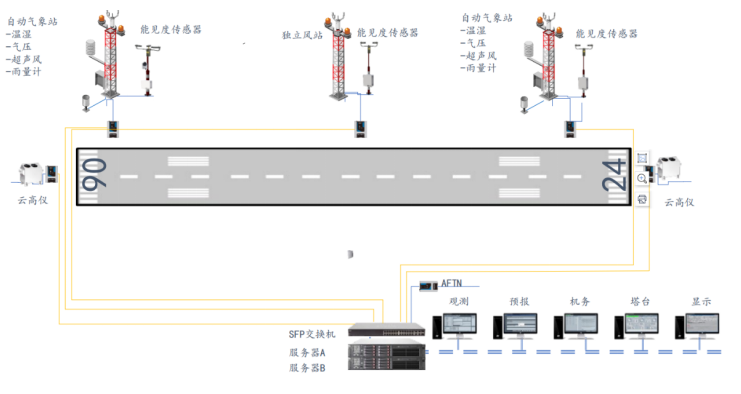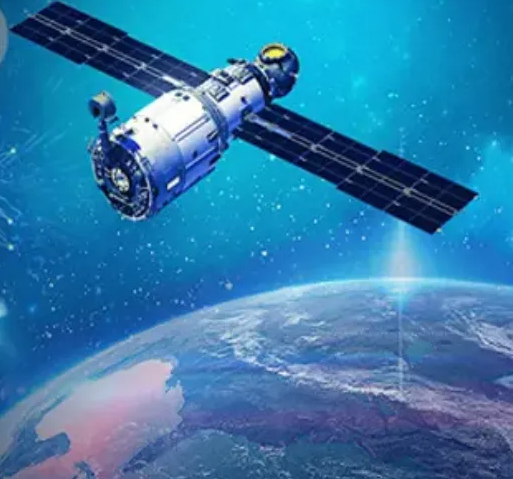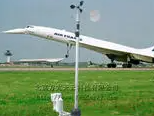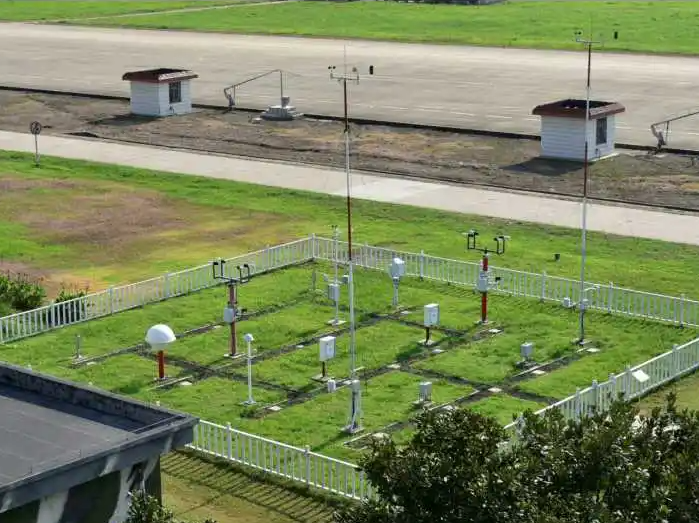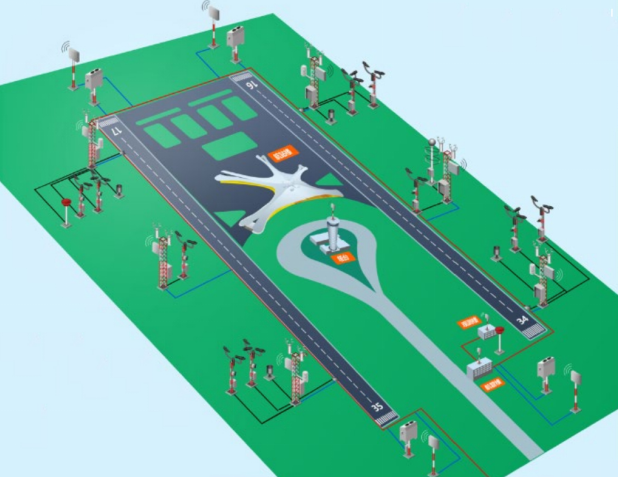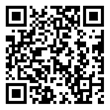Popular science knowledge| Necessity of using meteorological sensor observation equipment in civil aviation field
With the continuous progress of society and science and technology, China's aviation industry has developed rapidly. Flying has become one of the preferred transportation modes for people to travel. China has gradually transformed from a civil aviation power to a civil aviation power.
However, although there are many new technologies applied in civil aviation, flight delays are still common, and incidents affecting aviation safety occasionally occur. The reason for these problems is not that the technology is not mature enough, but that one of the most unfavorable factors for civil aviation safety-meteorological factors.
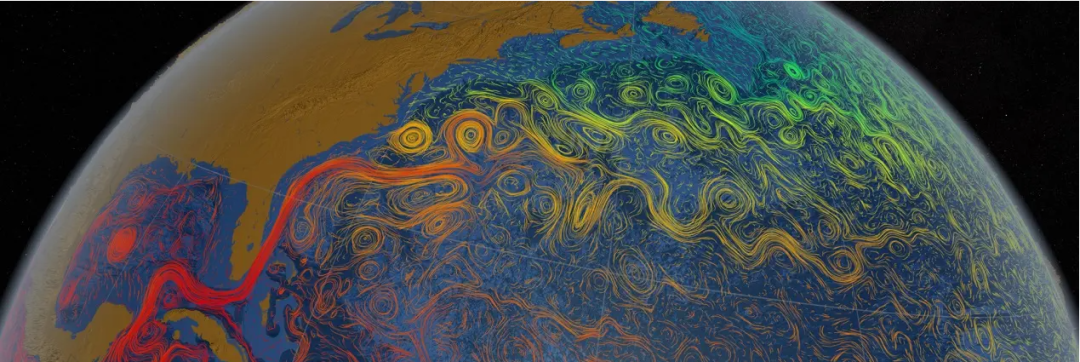
| Bad weather conditions are the main factors that cause flight delays and even affect aviation safety. According to international flight accident statistics, meteorological factors account for about one third of the total number of accidents, especially complex meteorological factors such as low visibility and strong wind pose serious threats to passengers 'lives and property safety. |
Therefore, in order to prevent complex and changeable severe weather from threatening aviation safety, the Civil Aviation Administration has promulgated a number of meteorological specifications, and airports have also increased their investment in meteorological sensor observation equipment. |
|
|
|
| At present, the observation equipment of meteorological sensor in civil aviation field has become one of the most important equipment in civil aviation and even navigable airport. The Guide to Construction of Meteorological Observatory of Civil Aviation Airport requires that each runway should be equipped with automatic meteorological observation equipment. |
According to the Technical Specification for Civil Aviation Automatic Meteorological Observation System, the sensors of civil aviation automatic meteorological observation system include wind direction sensor, wind speed sensor, air pressure sensor, temperature sensor, humidity sensor, rainfall sensor, cloud height meter, atmospheric transmittance meter or forward scatterometer, background light brightness sensor, etc. |
|
| Obtaining wind direction, wind speed, air pressure, temperature, humidity, precipitation, cloud height, visibility and other information around the airport through the above meteorological sensors, solving and uploading the data to the meteorological observation data processing system and sending it to pilots, tower, maintenance and other relevant personnel. |
The meteorological information collected by the observation equipment of outfield meteorological sensors can closely monitor the weather conditions around the airport, make preparations in advance, and formulate various emergency plans in advance to minimize the impact of severe weather on flight operation and ensure safe aviation operation.
